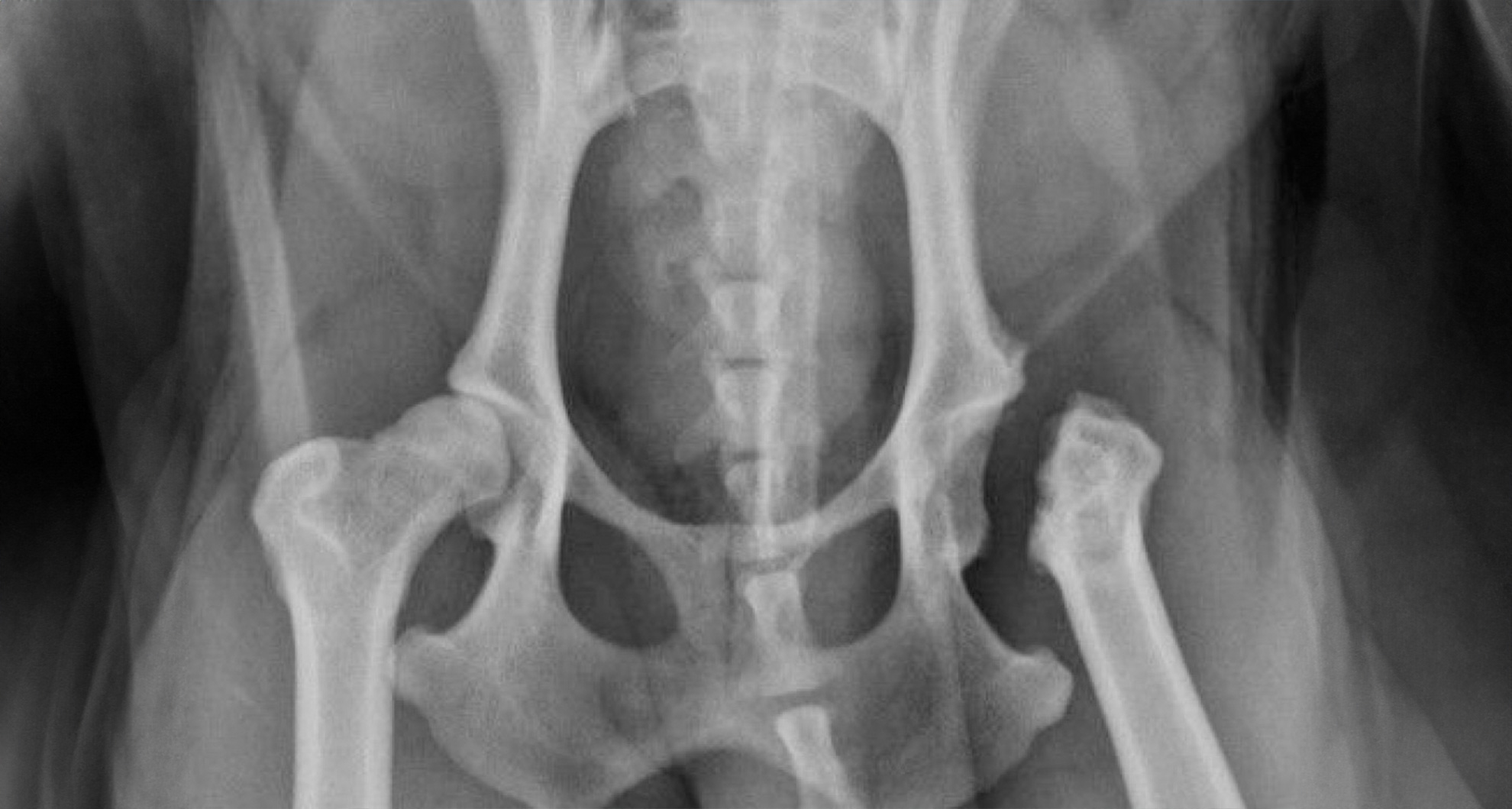
What is an ostectomy? An ostectomy is a surgical procedure where a portion of bone is removed. This operation can be necessary for various reasons, such as treating bone infections, tumors, or deformities. Surgeons often perform ostectomies to relieve pain or improve function in affected areas. The procedure can involve different bones in the body, including the jaw, spine, or limbs. Recovery time and outcomes can vary based on the bone involved and the patient's overall health. Understanding the reasons behind an ostectomy and what to expect can help patients feel more prepared and less anxious about the surgery.
What is an Ostectomy?
An ostectomy is a surgical procedure involving the removal of bone. This operation is often necessary for various medical conditions, including bone tumors, infections, or deformities. Let's dive into some fascinating facts about this critical surgical intervention.
-
Ostectomy Origins: The term "ostectomy" comes from the Greek words "osteon" (bone) and "ektome" (excision). It literally means "cutting out bone."
-
Common in Orthopedics: This procedure is frequently performed by orthopedic surgeons to correct bone deformities or remove diseased bone.
-
Dental Applications: Dentists and oral surgeons also perform ostectomies to remove bone around teeth, especially in cases of severe gum disease.
-
Tumor Removal: One of the primary reasons for an ostectomy is to remove bone tumors, which can be benign or malignant.
Types of Ostectomy
Different types of ostectomies are performed depending on the condition being treated. Here are some common types:
-
Partial Ostectomy: Only a portion of the bone is removed. This is often done to correct deformities or remove small tumors.
-
Total Ostectomy: The entire bone is removed. This is more radical and usually reserved for severe cases, such as large tumors or extensive infections.
-
Segmental Ostectomy: A segment of the bone is removed. This is often done in limb-sparing surgeries for cancer patients.
-
Marginal Ostectomy: Only the outer edge of the bone is removed. This is typically done to remove small, localized tumors.
Techniques and Tools
Various techniques and tools are used to perform an ostectomy, making the procedure more efficient and less invasive.
-
Traditional Surgical Tools: Surgeons often use scalpels, saws, and chisels to remove bone.
-
Laser Technology: Lasers can be used for more precise cuts and to minimize bleeding.
-
Ultrasonic Devices: These devices use high-frequency sound waves to cut bone, reducing damage to surrounding tissues.
-
Robotic Assistance: Some advanced surgeries use robotic systems to enhance precision and control.
Recovery and Rehabilitation
Recovery from an ostectomy can vary depending on the extent of the surgery and the patient's overall health.
-
Hospital Stay: Patients may need to stay in the hospital for a few days to a week, depending on the complexity of the surgery.
-
Pain Management: Pain is managed with medications, including opioids and non-steroidal anti-inflammatory drugs (NSAIDs).
-
Physical Therapy: Rehabilitation often includes physical therapy to restore function and strength to the affected area.
-
Bone Healing: Bone healing can take several weeks to months. Proper nutrition and avoiding smoking can speed up the process.
Risks and Complications
Like any surgical procedure, ostectomies come with risks and potential complications.
-
Infection: There's always a risk of infection, which can be minimized with antibiotics and sterile surgical techniques.
-
Bleeding: Significant blood loss can occur, especially in extensive surgeries.
-
Nerve Damage: There's a risk of damaging nearby nerves, which can lead to numbness or weakness.
-
Non-Union: Sometimes, the bone doesn't heal properly, a condition known as non-union.
Interesting Facts
Here are some intriguing tidbits about ostectomies that you might not know.
-
Ancient Practice: Evidence of bone surgery dates back to ancient civilizations, including the Egyptians and Greeks.
-
Veterinary Use: Ostectomies are also performed on animals, particularly in cases of bone cancer or severe fractures.
-
3D Printing: Surgeons are increasingly using 3D-printed models to plan and practice complex ostectomies.
-
Bone Grafts: Sometimes, bone from another part of the body or a donor is used to fill the gap left by an ostectomy.
-
Minimally Invasive: Advances in technology have made minimally invasive ostectomies possible, reducing recovery time and complications.
-
Custom Implants: Custom-made implants can replace removed bone, especially in joint-related surgeries.
-
Bone Regrowth: In some cases, the removed bone can regenerate, especially in younger patients.
-
Post-Surgery Monitoring: Regular follow-up appointments are crucial to monitor healing and detect any complications early.
-
Patient-Specific: Each ostectomy is tailored to the individual patient's needs, making it a highly personalized procedure.
The Final Cut
Ostectomy, a surgical procedure involving bone removal, plays a crucial role in various medical fields. From orthopedics to dentistry, this technique helps address conditions like bone spurs, tumors, and deformities. Understanding the procedure, recovery, and potential risks can ease any concerns you might have. Always consult with a qualified healthcare professional to determine if an ostectomy is the right choice for your specific condition.
Remember, every surgical procedure carries its own set of risks and benefits. Being well-informed can make a significant difference in your healthcare journey. Whether it's improving mobility, alleviating pain, or correcting deformities, ostectomy has proven to be a valuable tool in modern medicine. Stay curious, stay informed, and always prioritize your health.
Was this page helpful?
Our commitment to delivering trustworthy and engaging content is at the heart of what we do. Each fact on our site is contributed by real users like you, bringing a wealth of diverse insights and information. To ensure the highest standards of accuracy and reliability, our dedicated editors meticulously review each submission. This process guarantees that the facts we share are not only fascinating but also credible. Trust in our commitment to quality and authenticity as you explore and learn with us.
